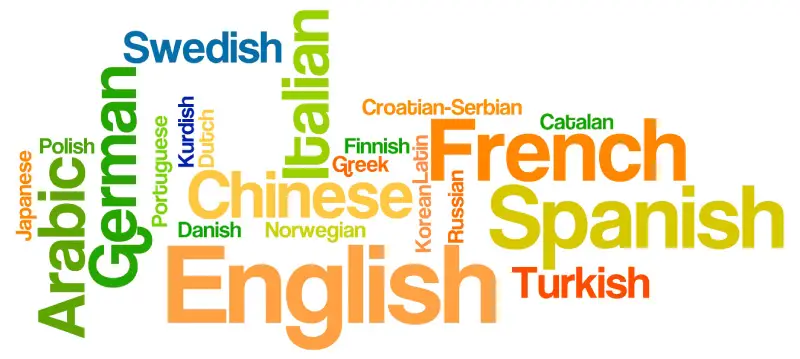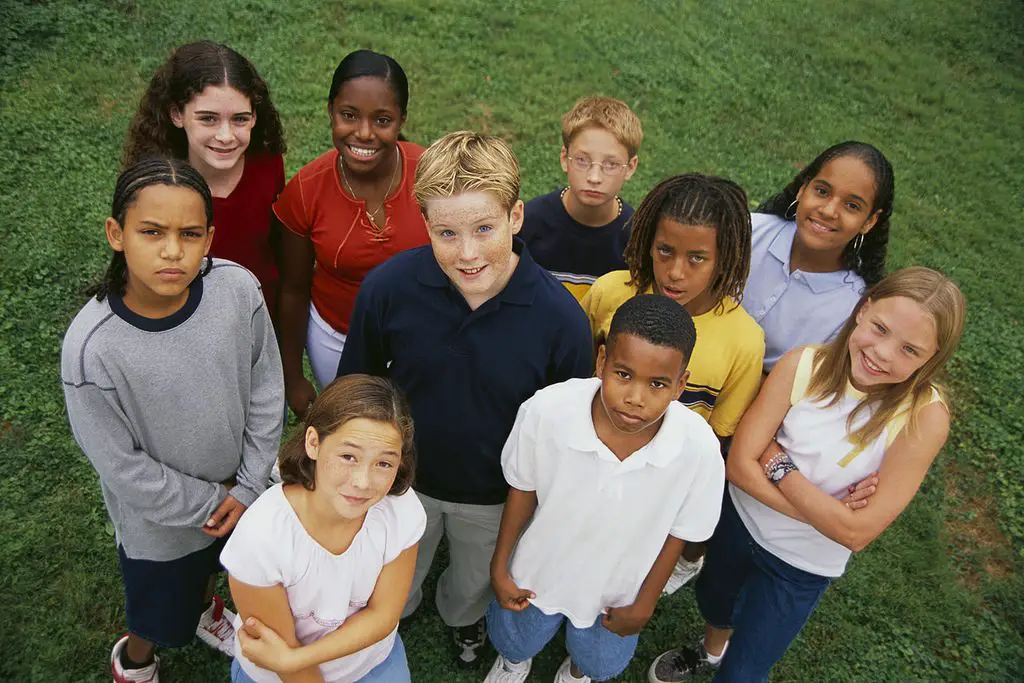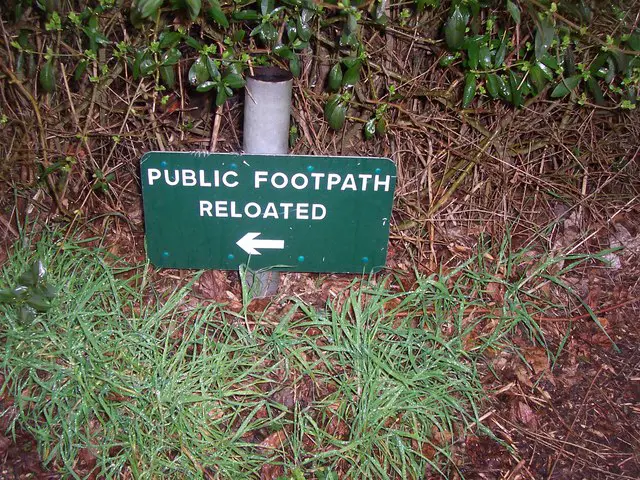Definition of Language Barriers
Language is needed for any kind of communication, even people with speech impairments communicate with sign language and brail. Communication becomes difficult in situations where people don’t understand each others’ language. The inability to communicate using a language is known as language barrier to communication.
Language barriers are the most common communication barriers which cause misunderstandings and misinterpretations between people.
Most of the people in the world do not speak English or, even if they use, it is their second or third language. If the speaker and receiver do not use same language and words, there is no meaning to the communication. Not using the words that other person understands makes the communication ineffective and prevents message from being conveyed.

Causes of Language Barriers
Difference in Language
Difference in language is the most obvious barrier to communication as two people speaking two different languages cannot communicate with each other. For example, an American goes to China. The person does not understand Chinese and most people in China do not understand English. So, when the person speaks, the communication is worthless as the other Chinese person doesn’t understand it.
Regional Accents, Dialects and Pidgin

Group of Friends Smiling
The accents and dialect (use of words) of people belonging to different places differs even if their language is same. Though the languages are technically the same in people using different dialects and accents, the meanings, implications and interpretations of words are different, which may lead to various kinds of conflicts.
For example, if a Scottish farmer talks to a person from London, they do not understand most of the words the other says even though they both speak English. The word ham and bacon can be used interchangeably in Scotland but they are different in England.
Similarly, pidgin is the simplified language used between people who do not speak common language. The implications of words and phrases can create misunderstandings.
For example, the abbreviation “LOL” used in chat language used to mean Lots of Love before, which changed to Laugh Out Loud. If a person says LOL, the second person can interpret the meaning in any way they want or from their understanding. People use both the abbreviations according to the context and need.
No Clear Speech
People who speak soft or in a small voice cannot be understood. The sender might be saying something whereas the receiver might understand something else. Though speaking common language, people might have difficulty understanding the meaning of the message and the feedbacks. This might also be a cause of obstacle in communication.
Use of Jargons and Slang
Jargons are the technical words used in communication. It might be different according to different professions, specialty and technical field of a person.
For example, technical words used by doctors and lawyers are extremely different. If they start talking, both of them will not get what the other is talking about.
Some jargons like adjournment (jargon used by lawyers and police used for delaying a trial for defendant), BP (medical jargon for Blood pressure), etc. are only used by people in similar profession which might be a cause for language barrier.
Similarly, the use of slang also makes communication ineffective. For example, the use of word “grass” to describe marijuana can act as a barrier for the people who do not know the slang meaning.
Word Choice
The choice of word used in describing anything must be considered before communicating. The words used by a particular person to show their agreement on something can be taken as sarcasm which is negative in nature.
Words with two meanings, homonyms, homographs, homophones should always be avoided as it doesn’t send the proper meaning and can be interpreted in any way. So, the message will not be sent as intended which acts as a type of language barrier in communication.
Literacy and Linguistic Ability
Some people have low vocabulary in a particular language whereas some very high. Though literacy and education increases the need to learn new words, it might not be the only reason. People can increase their vocabulary by reading and with their own interest too. Vocabulary is also less if a person uses the language as their unofficial language.
Likewise, linguistic ability is the capability of a person in a particular language. If a person with high vocabulary and linguistic ability talks with another with low ability, the second person will not understand the words used leading to miscommunication of whole message.
Grammar and Spelling

Grammar and spelling becomes a barrier in communication as people from different parts of the world can be using it differently even in a particular word. Similarly, grammar and spelling mistakes create a huge communication barrier in written communication.
For example, a person makes a mistake of typing done as don. The spelling and grammar checker of the computer does not label it as wrong as don is also a correct word. But, the word can change the whole meaning of the sentence or make the sentence not understandable.
These are some of the most common causes of language barriers in communication. There are many other causes too like language disabilities, noise, distance or use of metaphors or similes which can be included in other barriers like physiological and physical.
Some language barriers can be overcome with practice or other ways like translation, interpreter, language classes, visual methods, etc. whereas some barriers act as problems in a person’s whole life. These barriers must not be present to make the communication effective.
